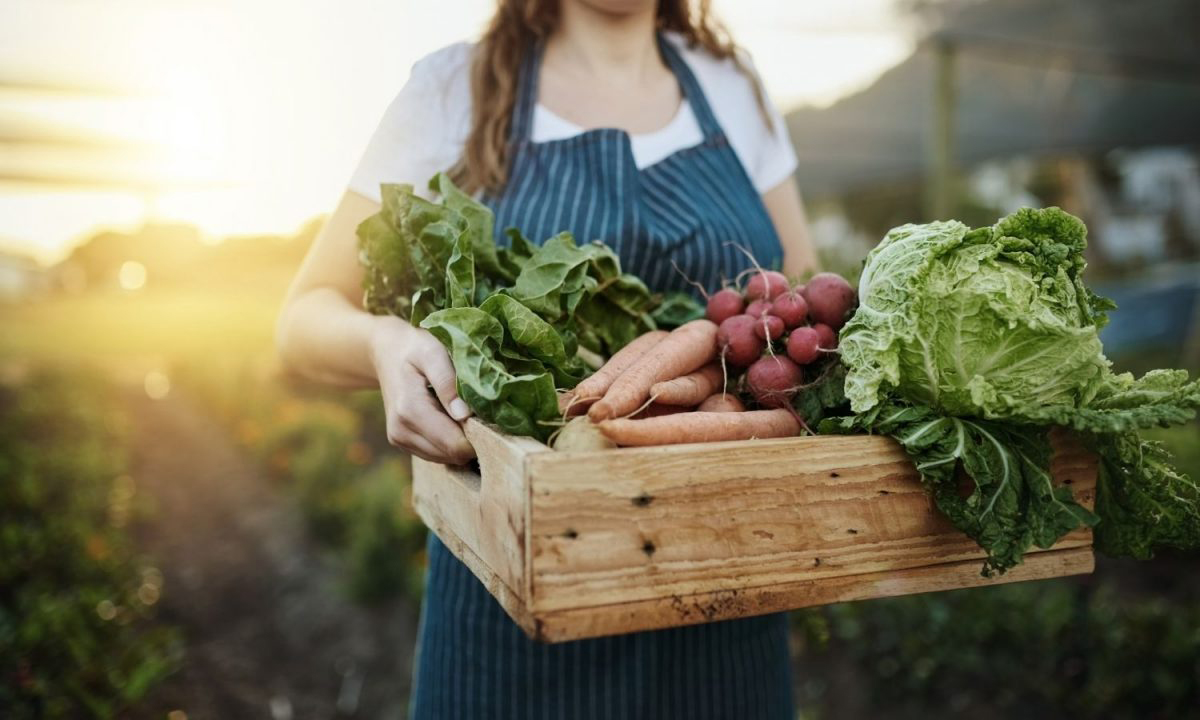Published on July 8, 2022
Share to
4 ways to taste your flower beds
By Edith Smeesters for Spa Eastman

You have a little piece of land with flower beds? You would like to harvest some vegetables at home, but you don’t have any place for a garden? You know what? You can incorporate vegetables in your flower beds, even if it means to enlarge them to reduce the surface area of your lawn.
We often think that vegetables must be cultivate only in a garden and for the landowners who do not have a lot of space, the overflowing bins of vegetables with soil are the principal trend since a couple years. For sure, it is an option, but it is expensive, and it doesn’t necessarily fit with your landscaping.
Furthermore, a lot of vegetables are decorative, so why not had useful and edible plants in your flower beds?
Herbs
Herbs like parsley, thyme, sage, rosemary, basil and several other, integrate perfectly in border of perennial bed, especially with variety of many colors like golden sage and purple basil. And what to say about chives who bloom in June! Furthermore, if your garden is far from your house, it is useful to have herbs on hand to garnish your meal at the last minute.
Greenery… of all colors
Lettuce also comes in a phenomenal color palette that goes from green to purple. Mesclun is particularly decorative. It is a great idea to resow every 2 or 3 weeks to always have young lettuce on hand and like they easily suffer from summer heats, they thrive better in the shade of taller decorative plants.
Multicolored chard is also very decorative, as well as different kind of kale who have the advantage to resist to first frost. So, when your annuals will be frozen, you will be able to enjoy those decorative cabbages all fall long and it will even be possible to eat some leaves. We always have too much anyway, so take this opportunity to embellish your fall garden.

Perennial Vegetables
Among perennial vegetables, two are particularly good to fit in your bloomy flower bed: rhubarb and asparagus.
Rhubarb is a robust perennial plant who product spectacular white flowers early in the summer. It can live 50 years at the same place! However, it takes a lot of places, and it is better to place it in the back of your lawn. We can eat leafstalk (the stem of the leaves) especially in spring to make stewed, but we can harvest them all summer long. The stem will be tougher, but we only need to peel them a bit.
Asparagus of which we eat the shoot in early spring, producing after that a beautiful feathery foliage who gives a nice effect among other tall perennial flowers or annuals like echinacea, black-eyed Susan, canna, etc.
Already think of next year
If you think that it is to late to act this year, start planning your next year flower beds now. And remember to do it one choice at a time. This way, every year, your gourmet landscape will expand.
The garden, at Spa Eastman

Fall at the garden and vegetables conservation
Fall is the best time to transplant and plan for next season. In addition, you will learn every possible way to keep the summer abundance: canning, dehydration, or lacto-fermentation.
Join the retreats “Fall at the garden and vegetable conservation” (in French only) which runs September 12 to 15 with Edith Smeesters and Lili Michaud.
The Cuisine ToniqueTM restaurant
At Spa Eastman, we believe in the importance of food on health and happiness. It is based on scientific research that we choose to integrate into our cuisine principles aimed at offering a benevolent gastronomic experience, without sacrificing taste or pleasure. In addition, our magnificent garden will garnish your plates during your next stay.
Nutrition is one of Spa Eastman’s 6 wellness pillars. Discover the art of living at Spa Eastman.

